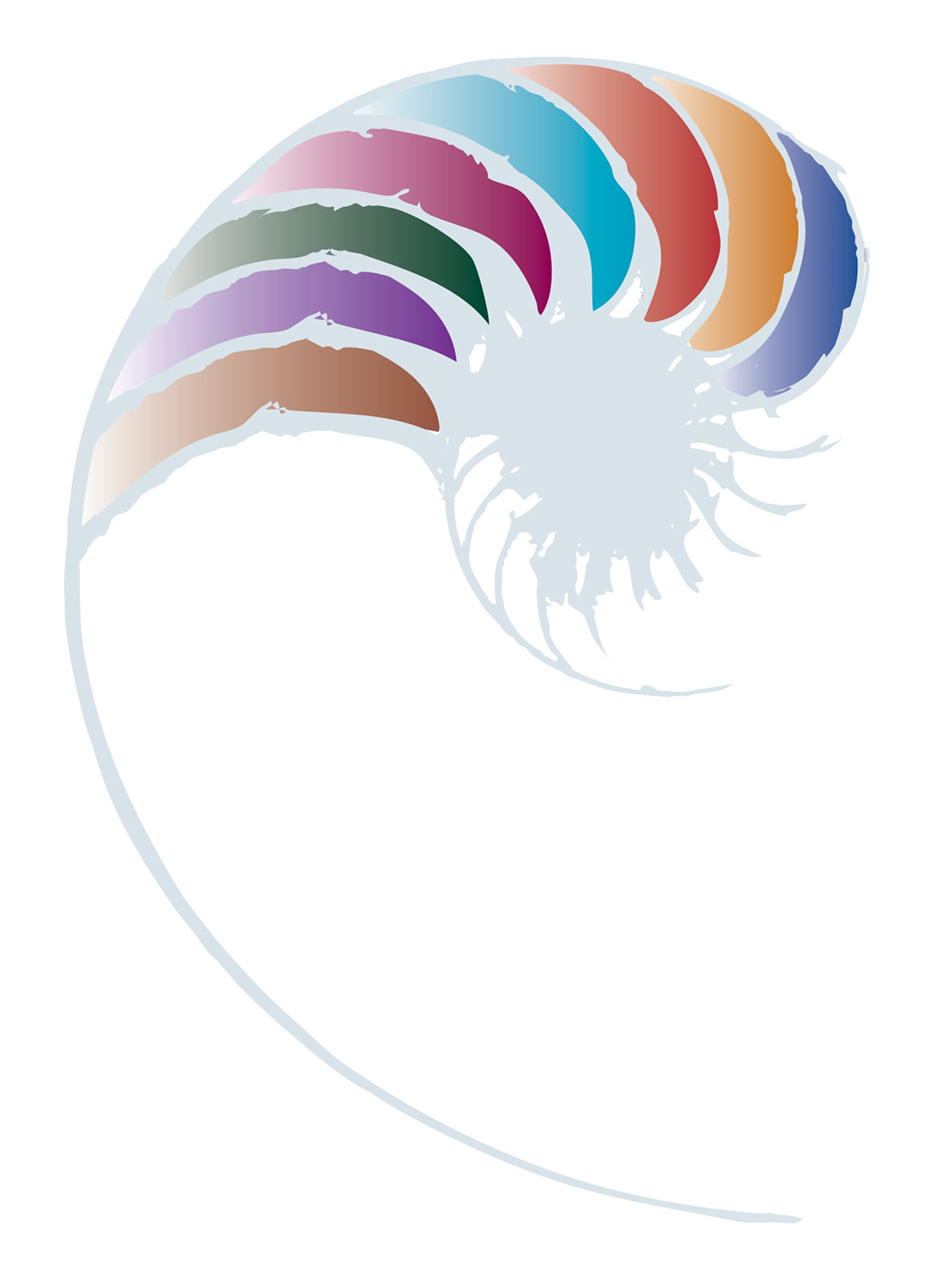Literacy within Te Whāriki
This resource supports kaiako to weave literacy through implementation of Te Whāriki. It is part of a suite of resources for Kōwhiti Whakapae oral language and literacy practices and progressions. See 'Literacy kaiako guide resources' below for more.

Literacy in Te Whāriki
The early years are a crucial time for infants, toddlers, and young children to generate and refine a wide range of knowledge, skills, and attitudes relating to language and literacy. As social and cultural practices, language and literacy form the foundation for the ongoing education and lifelong learning of mokopuna. Developing confidence and competence in, and an understanding of language, is seen as one of the major developmental, social, and emotional tasks for mokopuna. This includes learning to communicate experiences in different ways, interpret the ways in which others communicate and represent experience, and developing increasing competence in symbolic, abstract, imaginative, and creative thinking.
The importance of valuing and using te reo Māori in all early childhood settings is emphasised, including using Māori symbols, arts, traditional storytelling, legends, humour, proverbs, and metaphoric language (Te Whāriki, p. 12).
Te Whāriki expects that each setting provides a language-rich environment that supports mokopuna learning. This means the early learning environment is rich in signs, symbols, words, numbers, song, dance, drama, and arts. These support mokopuna to give expression to and extend their understandings of their own and other languages and cultures.
All children enter an early childhood setting with a first language. Increasingly, children are likely to be learning in and through more than one language. Sometimes the languages of mokopuna are different to the language or languages used in the centre. Te Whāriki highlights the importance of kaiako working in collaboration with the whānau of mokopuna to ensure that the first languages and literacies of mokopuna are integrated into the curriculum in real and meaningful ways.
Go to pages 43-45 of Te Whāriki for examples of practice to promote learning outcomes directly related to literacy. This section of the early childhood curriculum includes considerations and prompts for service leaders and kaiako. Click on the card below to read this section online.
- A holistic view of literacy
- Principles and strands of Te Whāriki
In Te Whāriki the concept of literacy is one that “encourages a holistic view of literacy where infants, toddlers and young children engage with literacy in ways that reflect their growing expertise, and that incorporates their home literacy practices” (Education Review Office, 2011: 2). This reflects a multiliteracies or multimodal understanding of the emerging literacy of infants, toddlers, and young children.
A multiliteracies approach to oral language and literacies is reflected in the definition of ‘language’ in Te Whāriki: language includes words, sentences and stories, languages of sign, mathematics, visual imagery, art, dance and drama, rhythm, music, and movement (Te Whāriki, p 41). This highlights the inter-relationship between language, literacy, maths and the arts within the Mana reo | Communication strand. All reflect ways in which we use symbolic representations to create and communicate meanings.
Te Whāriki positions infants, toddlers, and young children as confident and capable learners in their language and literacy – they are already creating, making meaning, and communicating in many ways, and becoming increasingly capable in doing so. The language and literacy knowledge, skills, and attitudes mokopuna express and develop in their early years are foundational to the skills of reading and writing they will develop at school | kura.
Education Review Office (2011). Literacy in Early Childhood Services: Teaching and Learning. Wellington: Education Review Office. https://ero.govt.nz/sites/default/files/2021-05/Literacy-in-Early-Childhood-Services-Teaching-and-Learning-February-2011.pdf.
Williamson, J., White, A., & Hedges, H. (2023). Connecting and communicating: Story interactions in the early years. Early Childhood Folio, 27(1), 3–8. https://doi.org/10.18296/ecf.1115.
McLachlan, C.J. & Arrow, A.W. (Eds.). (2017). Literacy in the Early Years: Reflections on International Research and Practice. Springer. https://doi.org/10.1007/978-981-10-2075-9.
Ministry of Education. (2017). Te Whāriki: He Whāriki mō ngā mokopuna o Aotearoa Early Childhood Curriculum. Wellington: Ministry of Education.
https://tewhariki.tahurangi.education.govt.nz/te-whariki-online/our-curriculum/te-wh-riki/te-wh-riki-early-childhood-curriculum-document/5637184332.p.
Nuttall, J. & Gunn, A. C. (Eds.) (2019). Weaving Te Whāriki: Aotearoa New Zealand’s early childhood curriculum document in theory and practice. New Zealand Council for Educational Research.
About this resource
This resource unpacks for kaiako the holistic view of literacy in Te Whāriki where it positions infants, toddlers, and young children as confident and capable learners in their emergent language and literacy. While literacy is reflected most prominently in the Communication | Mana reo strand, it is reflected in implementation of all the strands of Te Whāriki.
This resource is part of a suite of resources for Kōwhiti Whakapae oral language and literacy practices and progressions. See 'Literacy kaiako guide resources' above for more.



